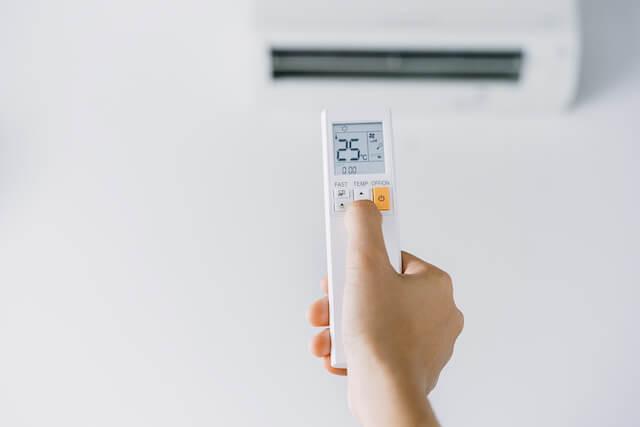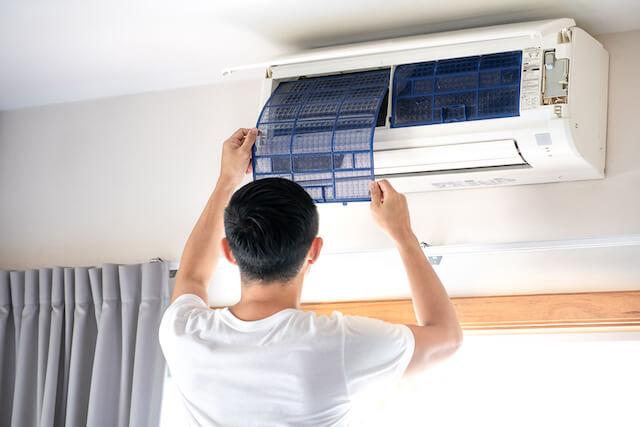
The indoors should be safe from allergens. At least, that would be the case in an ideal world. Unfortunately, that’s not always possible.
If you find yourself suffering from a runny or stuffy nose, watery eyes, itching, sneezing, or wheezing and coughing, despite only staying at home, then your house or room might not be as safe from allergens as you’d like it to be.
With that said, we took the time to round up a couple of tips to help asthma and allergy sufferers improve air quality inside their homes.
1. Change your beddings
Dust mites are some of the most common allergens found indoors and they frequent furnishings such as carpeting, upholstered furniture, as well as pillows and mattresses.
Considering that you spend at least 7 to 9 hours every day on top of your mattress, you might want to make it a point to cover it, along with the pillows (and box spring if applicable) with hypoallergenic covers. Also, when you’re washing sheets and pillowcases, you might want to wash them in hot water at least once a week to keep dust mite numbers at a minimum.
2. Invest in a quality vacuum and air purifier
Vacuuming your floors, as well as your furnishing, regularly, can help curb indoor allergen numbers, including but not limited to dust, dirt, and pet dander. Also, if you insist on dusting your home yourself, make sure that you buy a microfiber cloth so the dust doesn’t float around when you’re cleaning. If possible, wear an N95 filter mask as well.
Also, having an air purifier with a HEPA filter can help significantly cut down on airborne allergens inside your home.
Make sure that both have HEPA filters and are just the right size for the room that you’re going to be using them in.
3. Clean pets regularly
If you have pets inside your house or around you, make sure that you clean them often.
Regular bathing, brushing, and grooming can help significantly cut down on the amount of pet dander that they shed on a daily basis. However, it’s still best to avoid having pets if you have asthma or allergies.
4. Make sure that your home is not too humid or too dry
If your home is dry, especially during winter, it’s only natural to want to add moisture to the air and use a humidifier. But, sometimes, most people can go overboard, resulting in higher than usual humidity levels, which help encourage mold and mildew growth.
Use a humidity meter to check the humidity levels inside your home. In general, it’s recommended to keep humidity levels below 50%.
Also, try installing a vent fan in your bathrooms and kitchen to keep them dry at all times.
5. Clean your AC units regularly
Your air conditioner might not be the main culprit, but it may be one of the biggest factors.
Regular aircon cleaning and maintenance helps make sure that your AC unit itself is not blowing mold or mildew inside your home.
Even if you have allergies or asthma, that doesn’t mean that your life always has to suffer. There are steps, like the ones that we just gave, that you can take to make sure that there are fewer allergens inside your home.
Sign up for our newsletter
Get the best content on user insights, design, and product management delivered to your inbox every week.
Share This Article



